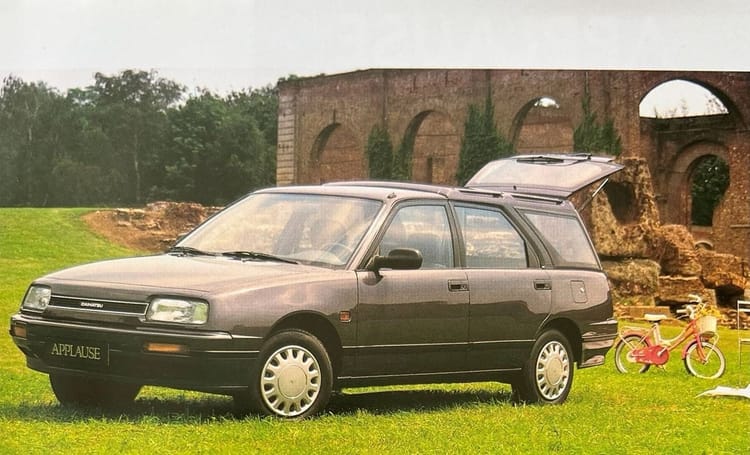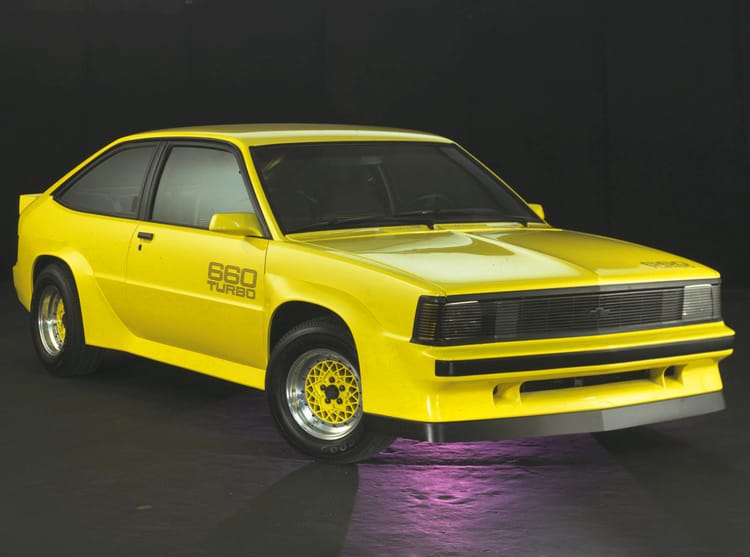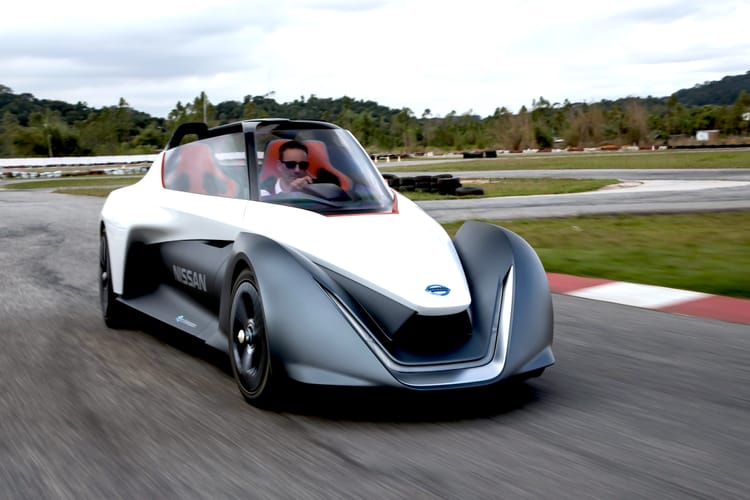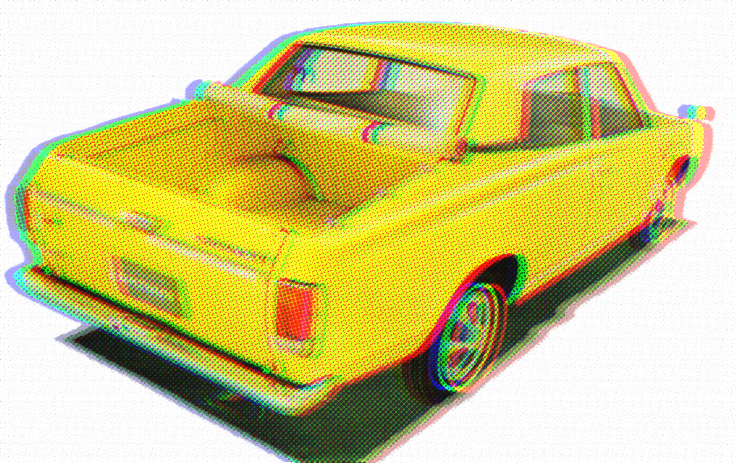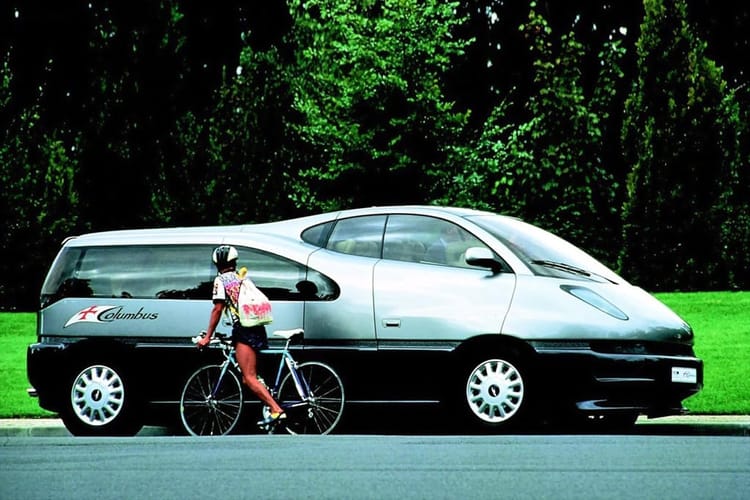Mini-Puma
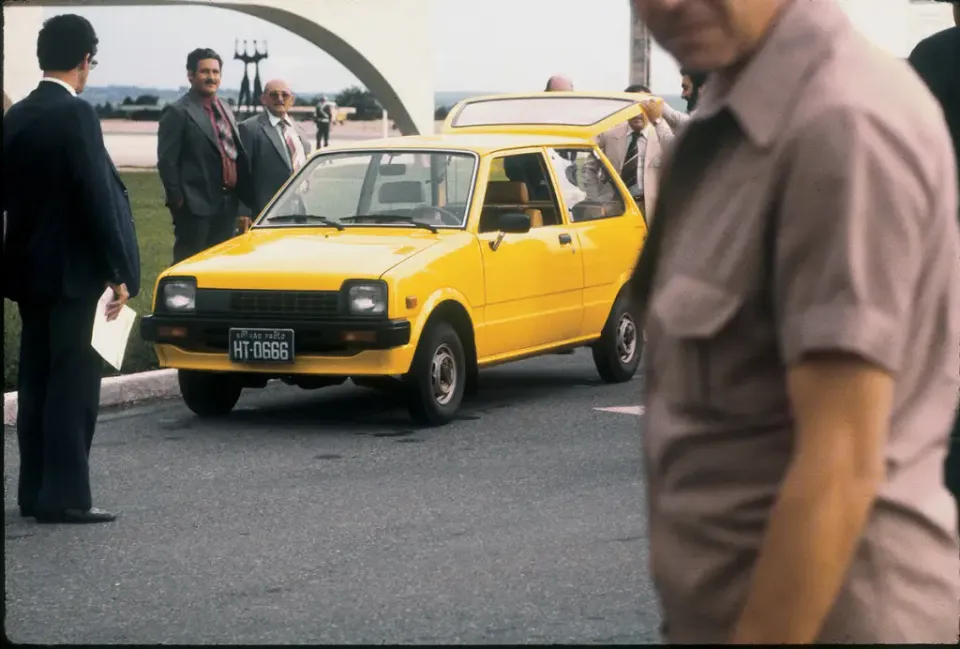
Above is a photo, sneakily taken in the early 1980s by Carlos Namba of Brazil’s long-running gold standard car publication, Quatro Rodas, of a strange-looking Daihatsu Cuore being examined by government officials.
This was the automaker Puma’s last chance at survival: a reengineered 547cc Japanese microcar, where the steel body panels have been replaced by composite materials in Brazil.
Funding fell through, and Puma folded.
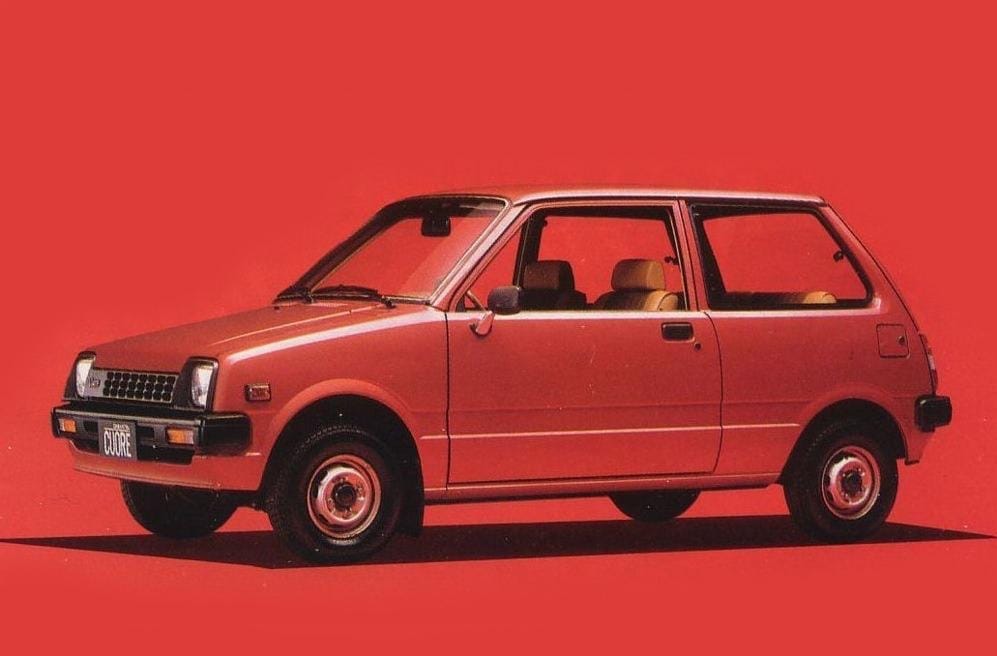
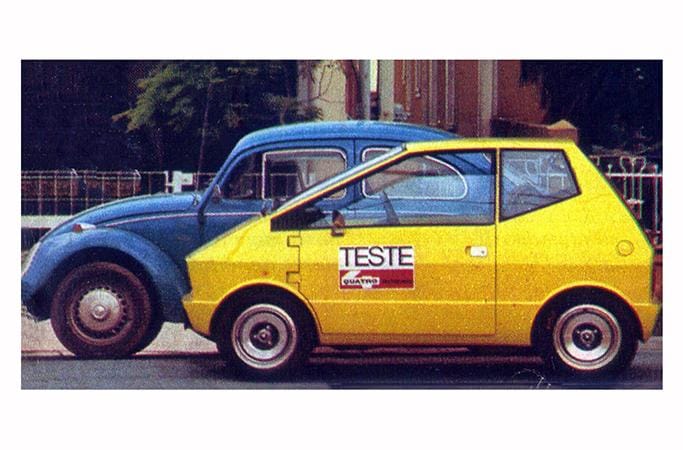
Before this, the Mini-Puma was a wholly unique, front-drive car. With development beginning in 1970, the car was finished for the 1974 S Auto Show.
Engine? 2-cylinder, from DAF. Horsepower? 30. Top speed—120 km/h; range, 600km, owing to its estimated fuel economy of 5 L/100 km.
So…where’s the catch?!
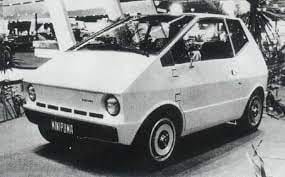
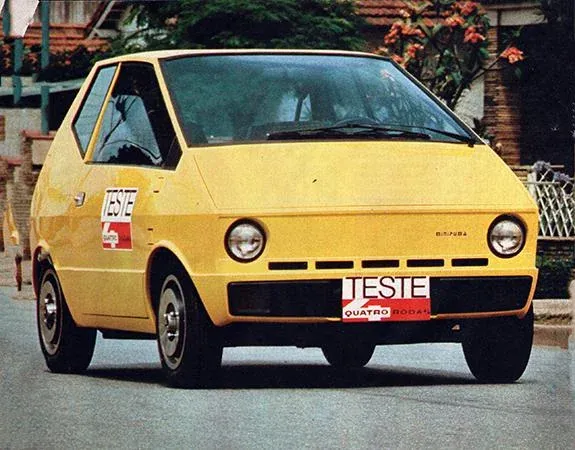
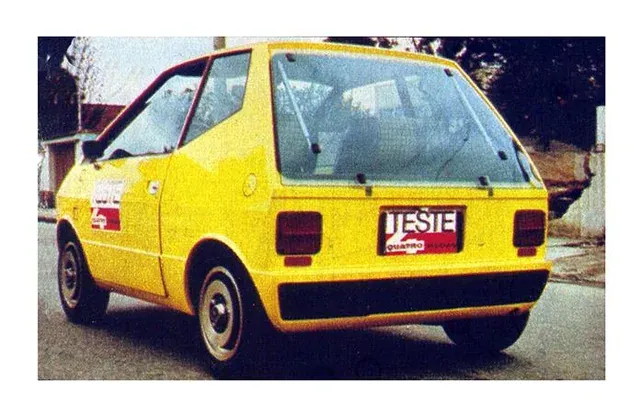
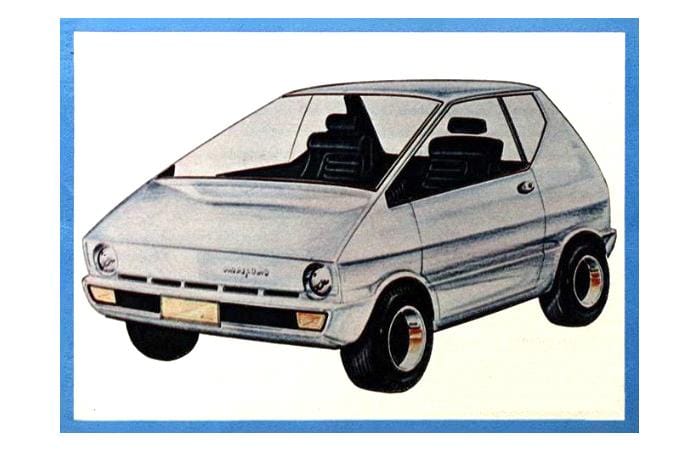
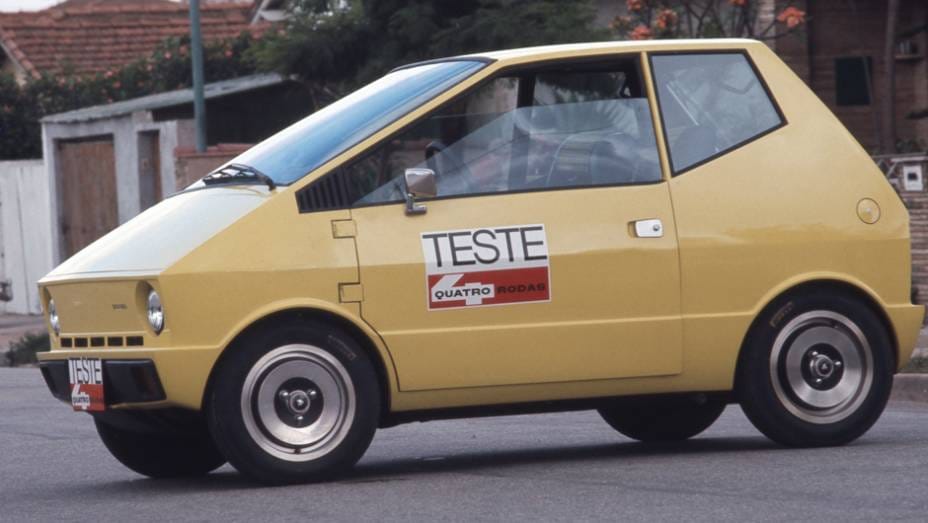
1974 Mini-Puma at the 1974 São Paolo auto show • via Quatro Rodas, source unknown
Against all of this was a climate of shaky governments and economic policies that ensured Brazil’s automotive industry would both spawn and crush some very weird cars.
The Mini-Puma may have had potential within Brazil and on the world stage, in an era where several key markets were badly affected by the 1973 Oil Crisis…but alas, it never entered production.
At key stages, with both iterations, there was no government support — and in more than a decade of work on its smallest car yet, the Puma factory suffered a flood, further setting the tiny carmaker back.
Puma fans will always have a rich back catalogue of sporting cars to appreciate, however, Puma’s sad fate is an all-too-common outcome in the auto industry: cheap cars come at a high cost.
READ NEXT: You may have to translate it, but Quatro Rodas is the original source for much of this content, and I appreciate that their story is available for all to read — I’ll do the same here. Want the full story in English? Check out the excellent overview of the first Mini-Puma at smallcarsclub.com.
Dated from 1974, a period article by the New York Times that speaks to the overall car market in Brazil.

